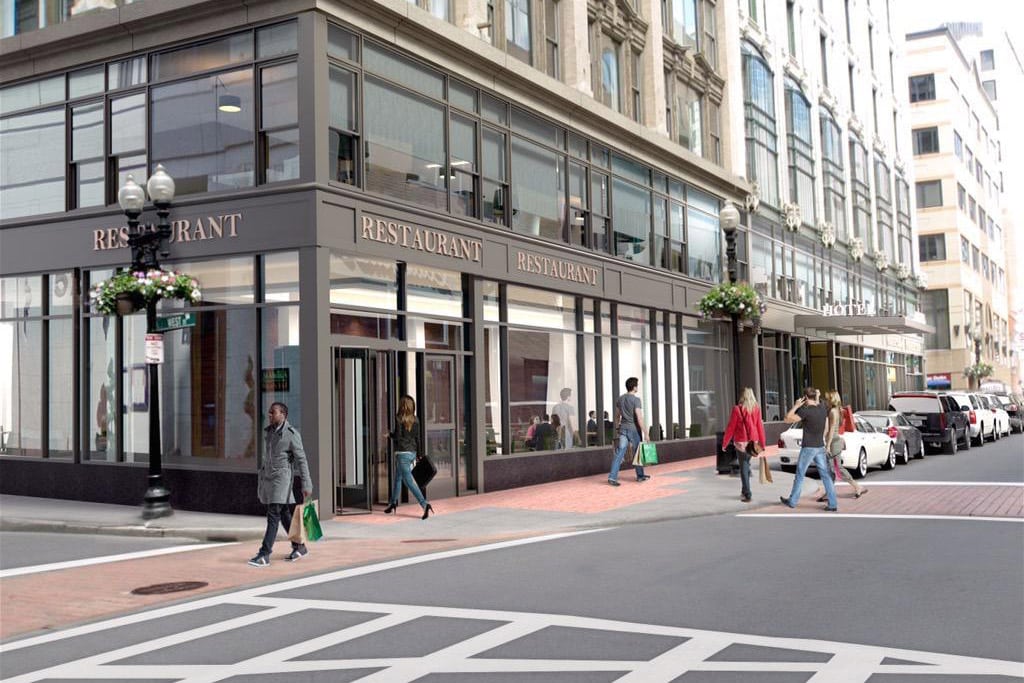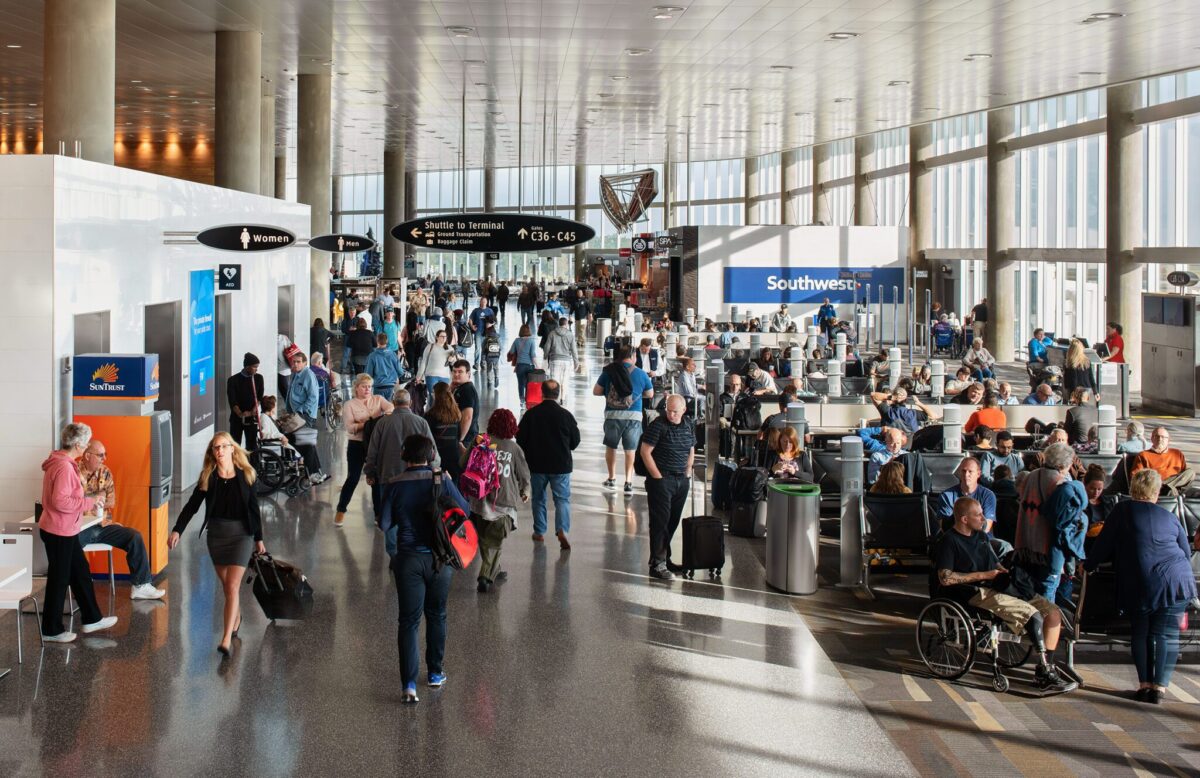Hotels Look to Adaptive Reuse to Create Better Local Connections

Skift Take
Recently we released a new report in our Skift Trends series that helps to explain the Evolution of Local in Hospitality in 2015.
Below is an extract. Get the full report here to get ahead of this trend.
There is now widespread acceptance and understanding in the hospitality industry around the business impact of attracting the local community to a hotel. It’s no longer just a nice thing to have. It’s no longer merely an add-on amenity. By catering to locals, hotels are creating a more authentic and enriching guest experience, so hotel developers are aggressively expanding where locals want to congregate.
For example, the Godfrey Hotel Boston opens this fall in the Downtown Crossing neighborhood of Boston which 100 years ago was once the primary retail district in the city. Like many central urban districts, the area devolved from the 1950s through 1990s into relative disuse. Today, Downtown Crossing is re-emerging with trendy new residential and commercial buildings due to its central location between Boston Common and the financial district.
The developer behind the project, Oxford Capital Group, is restoring the historic Amory and Blake buildings together to house the hotel in partnership with Boston-based Finegold Alexander Architects.
“The back to the city movement is clearly very real, and certainly it’s the case in the major cities where you have good locations and well-built older buildings that you can buy relatively inexpensively, versus doing a ground-up development,” says John Rutledge, president & CEO of Oxford Capital Group. “At the end of the day, you can end up reinventing those buildings and getting a location that you couldn’t get ground up, and many of those buildings with good bones need a transformation in visible locations.”
Rutledge adds that the company’s focus on buying and updating urban buildings with classical bones is something that’s been going on for decades in Europe, which have always attracted locals because they performed like the “living rooms of those cities.” But, he says, the trend is much newer in America, driven by consumer demand over just the last two decades for more local neighborhood experiences and adaptive reuse hotels.
That demand for renovated hotels in existing buildings with many layers of storytelling aligns with developers seeking to build in long-established urban districts where there either isn’t significant room for new-build properties, or it’s simply cost prohibitive for ground-up hotel development.
“Historically in America it’s been hit or miss, so something we say is ‘we go native’ so the hotel experience is inclusive and connects with a sense of place,” says Rutledge. “In order for a hotel to be as successful as it can be, you want it to truly pass muster for locals that are in the know. As we always say about hotels, you rarely can succeed on just the hotel customer alone. You have to become a place where the locals want to go to the lounge, cafe, restaurant and rooftops.”




